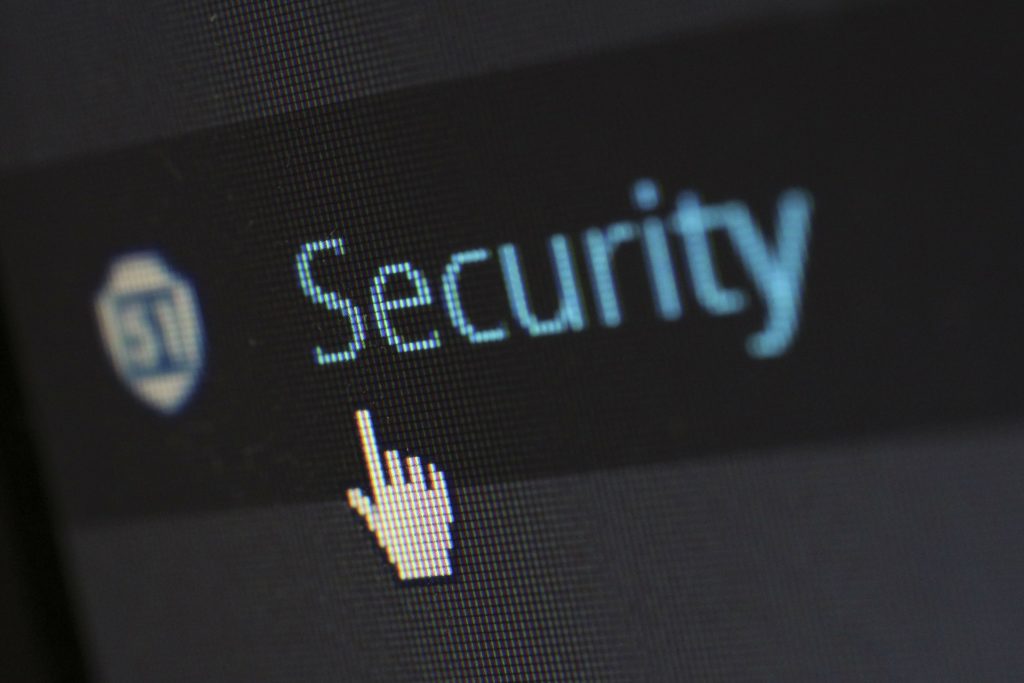How to Secure Your IoT Data Systems

As a consumer, you’re probably well aware of the Internet of Things (IoT). From Siri to Alexa and beyond, most households have at least one digital assistant under their roof. Now, more and more businesses are beginning to rely on them as well.
IoT is beginning to grow not only for consumer-fronted devices but also in the industrial industry. While Industrial IoT (IIoT) brings visibility and efficiency to managers, the data still needs to be shared securely within a company. Without data protection measures, your company’s IIoT systems could be at risk of an industrial attack.
Why Invest In Cybersecurity?
The obvious answer here is that it’s the best way to protect your company in the digital age. Data leaks can harm consumers if your company stores any of their information, and your business will suffer. An industrial attack can also wipe out data your company needs in order to operate smoothly.
Cybersecurity Measures
We’ve put together a list of some protective measures, such as cryptography, encryption, auditing and monitoring, to ensure that your company will not be at risk of an attack.
1. Cryptography
Cryptography is an essential line of defense when you want to protect your company’s data from third-party adversaries. The term comes from the Greek word kryptos, meaning “hidden.” The goal of cryptography, then, is to keep the contents of a message hidden from anyone other than the sender and the recipient.
Your company can benefit from using cryptography to protect data such as accounting history and personnel records.
2. Encryption
How does cryptography work? Through the process of encryption, data is converted into code before it’s sent — or stored, depending on what kind of data your company is dealing with. So what is the difference between encryption and cryptography? Encryption is just one example of the many processes that fall under the umbrella of cryptography.
Encrypting your company’s data is an essential way to keep it out of the hands of your competitors, whether you’re dealing with trade secrets or sensitive information about clients.
3. Auditing
Putting cybersecurity measures in place is a good start, but your company needs to periodically make sure its system is working effectively. Auditing is the best way to make sure.
How often should your company perform a cybersecurity audit? It depends on many factors — consider the level of sensitivity of the information your company is protecting. Your company should also consider any recent cybersecurity threats, which could be a reason to do an audit sooner rather than later.
In general, your company should perform a cybersecurity audit at least twice a year. Some companies opt for quarterly or even monthly audits. It’s up to your company to determine what’s best for your situation.
4. Monitoring
Regularly scheduled auditing can keep any major cybersecurity threats at bay, but your company should be monitoring your data from day to day as well — especially if your company is using IIoT. Identifying cybersecurity threats of any magnitude as soon as possible is the best way to prevent IIoT data leaks.
Whether you decide to handle cybersecurity audits and monitoring in-house with your own IT department or outsource them is up to your company. The important thing is that it gets done.
Get More Cybersecurity Tips From Global Electronic Services
Have any thoughts on plugging the industrial data leak? Leave a comment below or explore our blog to learn more about what cybersecurity and manufacturing advice Global Electronic Services has to offer.